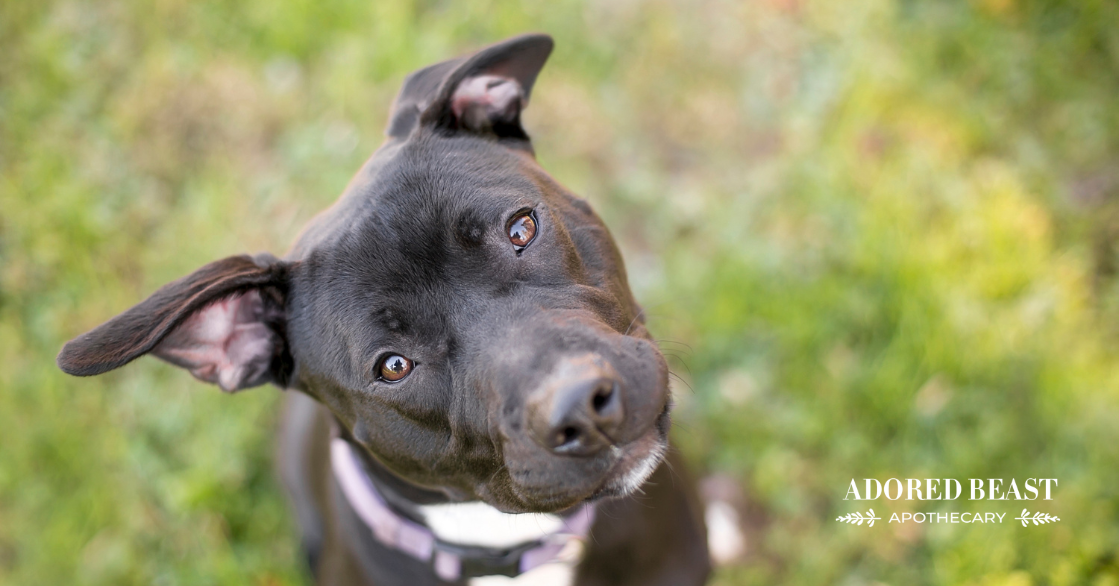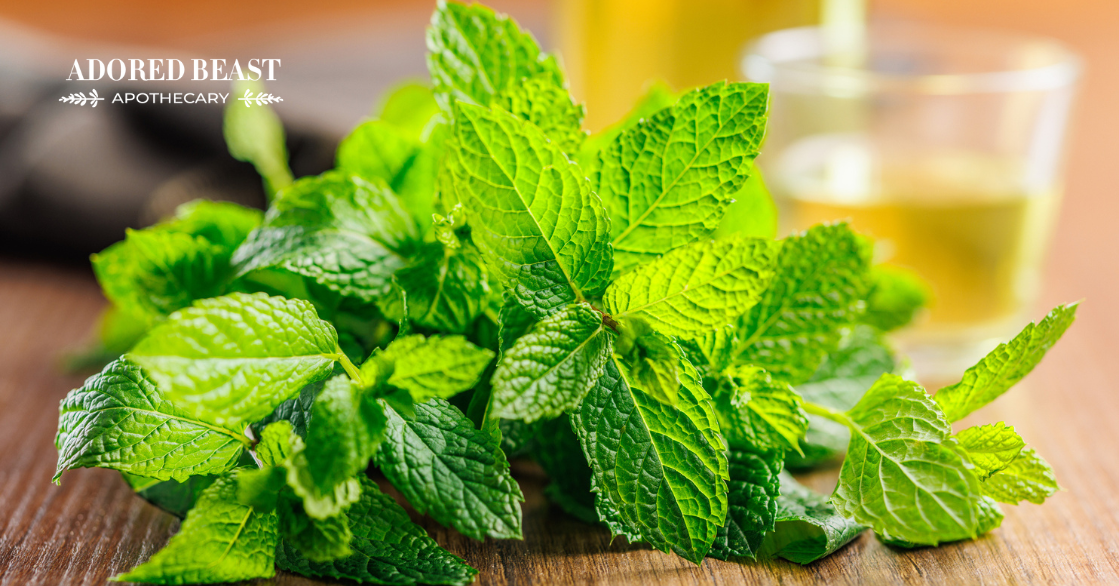Are you a raw feeder, or thinking about making the switch?
Whether you feed raw, kibble, home cooked, dehydrated, or some combination of the many different options, you’ve no doubt heard some of the reasons why raw feeding in particular might be problematic.
Our founder, Julie Anne Lee, has been feeding raw for almost 3 decades. She recommended it in her holistic veterinary clinic when it was still considered taboo. And she taught thousands of pet parents how to make the switch.
In our house, we feed raw. We have for many, many years. I’m lucky enough to be surrounded by a community of experts in animal health, including animal nutrition, and I know my animals are getting premium nutrition. But we didn’t always feed raw – and it wasn’t necessarily easy getting there.
But we’re very thankful that we did.
This blog isn’t meant to try and convince you to switch to raw feeding for dogs and cats. Not at all, in fact. Instead, the goal is just to help dispel some of the common myths regarding feeding raw for dogs and cats.
But first, let me tell you my own experience…
My Experience Moving to Raw
Many years ago, when our husky girl Inuk was about 6, she developed major skin allergies. We went through round after round of different conventional medications, elimination diets, worked with a canine dermatologist, moved to a hydrolyzed protein prescription diet…
When I brought up the subject of introducing a raw diet in the hopes that it might help, the veterinarians we were working with gave us many reasons it wasn’t the right choice. We were told they were unbalanced, dangerous, wouldn’t help. We were even told they were “just a fad.”
But, then I entered the holistic pet health world. We got the advice we needed and made the move. We were lucky, too. It was a really easy transition – no issues at all. It was like she’d been eating raw food her whole life. And I don’t want to make raw diets sound like a miracle, but Inuk’s allergies cleared up. No more meds, no more itching, no more hair loss, no more yeasty ears. Honestly, we couldn’t believe it.
Inuk passed last year at almost 15. From age 7 onwards, she was raw fed. I firmly believe that what she ate contributed to her longevity and the choices we made as a result of the allergies. When we brought Indi home at 9 weeks old, she also started on raw. And thankfully, our current vet is much more open to it than the ones we worked with in the past.
Now, raw diets aren’t for every dog. Some dogs do better on home cooked. Some are picky and kibble is the only thing they’ll eat. But in our experience, for many dogs, raw diets can be really beneficial.
So, if you’re facing what we did many years ago – wanting to move to raw but not sure how to tackle those common myths about raw feeding – know that you’re not alone.
Common Myths About Raw Feeding for Dogs and Cats
It’s time to do some myth busting!!
Myth 1: Raw Diets Are Unsafe
One of the most pervasive myths about raw feeding is that it’s unsafe. Critics argue that raw diets pose a risk of bacterial contamination.
Reality: We won’t skirt around the truth – contaminants have been found in raw pet food. But – and this is crucial – even more have been found in commercial kibble (but you don’t hear critics mention that, do you??). And pet food isn’t alone – contaminants are also found in human food all the time. This is just a fact of life – but know that it is not a common occurrence.
Also, as far as those contaminants being an issue, chew on this: during digestion, the acid levels in your dog’s digestive tract can get to levels equivalent to car battery acid. That, along with the shorter length of the dog’s intestines, means they’re much better able to handle harmful bacteria. (For more on this, please check out “Feeding Dogs,” by Dr. Conor Brady.)
As far as being dangerous to us, raw diets are no more unsafe than the meat you cook for yourself or your family! Just as you would wash your hands and cooking utensils after cooking with raw meat for yourself, do the same thing with your animal’s food. Proper handling and storage practices, daily cleaning of your pet’s bowls, and safe food handling procedures mitigate the risk of bacterial contamination.
Myth 2: Raw Diets are Unbalanced
This is another one of the most pervasive arguments people use to dissuade pet parents from making the switch. Opponents site a lack essential nutrients, saying they’re nutritionally inadequate for pets.
Reality: Raw diets can be balanced and nutritionally complete when formulated correctly. That’s the key – you have to do things right. It’s not as simple as buying a package of ground beef and putting it directly into your pet’s bowl. That, for sure, would be an unbalanced diet. But that’s not the type of raw feeding we’re talking about. Many raw feeders follow balanced recipes or use commercially available raw food products designed to meet pets’ nutritional needs. Plus, many (including myself) rotate in many valuable additions to ensure a vide range of nutrients that you may not find in other types of diets!
Myth 3: Raw Diets Cause Dental Damage
Some people believe that raw feeding leads to dental issues in pets, such as fractured teeth or gum disease. Some even say that kibble cleans the teeth – so it’s an argument not to switch.
Reality: Firstly, kibble cleans our animals’ teeth about as well as Cheerios clean ours. Secondly, raw meaty bones, a staple of raw diets, can actually promote dental health by helping to clean teeth and gums naturally. Chewing on raw bones helps remove plaque and tartar buildup, reducing the risk of dental disease. Chewing on raw meaty bones can help maintain dental hygiene by preventing plaque and tartar buildup and promoting strong teeth and gums. Read more on raw bones here.
Myth 4: Raw Diets Are Expensive and Inconvenient
Critics argue that raw feeding is costly and impractical compared to commercial pet foods.
Reality: While the idea of raw feeding may seem more expensive, it often isn’t. Of course, it depends on what you are currently feeding, but if you’re moving from high quality kibble, the cost may not be noticeable. Also, many raw feeders source ingredients from local butchers, farmers’ markets, or bulk suppliers, reducing costs compared to premium commercial pet foods.
With careful meal planning and batch preparation, raw feeding can be as convenient as feeding commercial diets. Do I spend more time preparing my dogs’ meals than I did way back when I fed Inuk that prescription diet? For sure I do. Back then it was a few scoops into a bowl and Bob’s your uncle. Now, because of the knowledge I’ve gained over the years, more goes into the process. But as far as I’m concerned, that’s a-ok in my book. Is it inconvenient? Not in the least. Want some tips on making it even more affordable? Check out this post.
Want to Start Feeding Raw?
Again, the purpose of this blog is not to try and convince you to change your pet’s diet. Raw feeding for dogs and cats can be amazing, but it also doesn’t work for some animals or some families, and that’s ok. You’re doing your best, and that’s what’s important. There’s no “right” answer here, and as pet parents, we all do the best we can to show up for our beloved beasts every day.
But, if you are thinking about it, these are a few things to think about:
- Talk to Your Vet: For some dogs, a raw diet may not be the best choice. For example, gentle cooking might be a better option for some health conditions. Get your vet’s opinion on the matter.
- Do More Research: Want an unbiased view? There are many, many research studies out there that review the pros and cons – the things we’ve talked about above. Look for ones that are as recent as possible – we’ve come a long way in the last 5 years even!
- Start Slow: Some dogs take to raw like pigs to mud. Our Indi went from full kibble one meal to full raw the next at 9 weeks old and did so swimmingly. But we had experience with raw, and support was just a phone call away. So if you’re unsure, work up to it! Slowly replace a small portion of your dog’s regular food with raw and make the move over time – there’s no rush!
- Feed Variety and Balance: Aim for variety in proteins and include supplements as needed to ensure you’re covering all bases for health and wellness. For dogs specifically (cats don’t need to eat vegetables, although many do), look at what else you can add to the bowl. Fruits and vegetables are an easy addition with a big boost.
- Safe Handling Practices: Practice proper food safety measures to minimize the risk of bacterial contamination and ensure the safety of both pets and humans. We wash our dogs’ bowls after every meal.
- Consult with a Canine or Feline Nutritionist: If you have more questions, it might be helpful to speak to an expert in canine or feline nutrition.
When it comes to raw feeding for dogs and cats, it can be really helpful to separate fact from fiction amidst the myths and misconceptions. By debunking common myths and understanding the benefits and considerations of raw feeding, as pet owners, we can make informed decisions about our pets’ nutrition and overall well-being.












